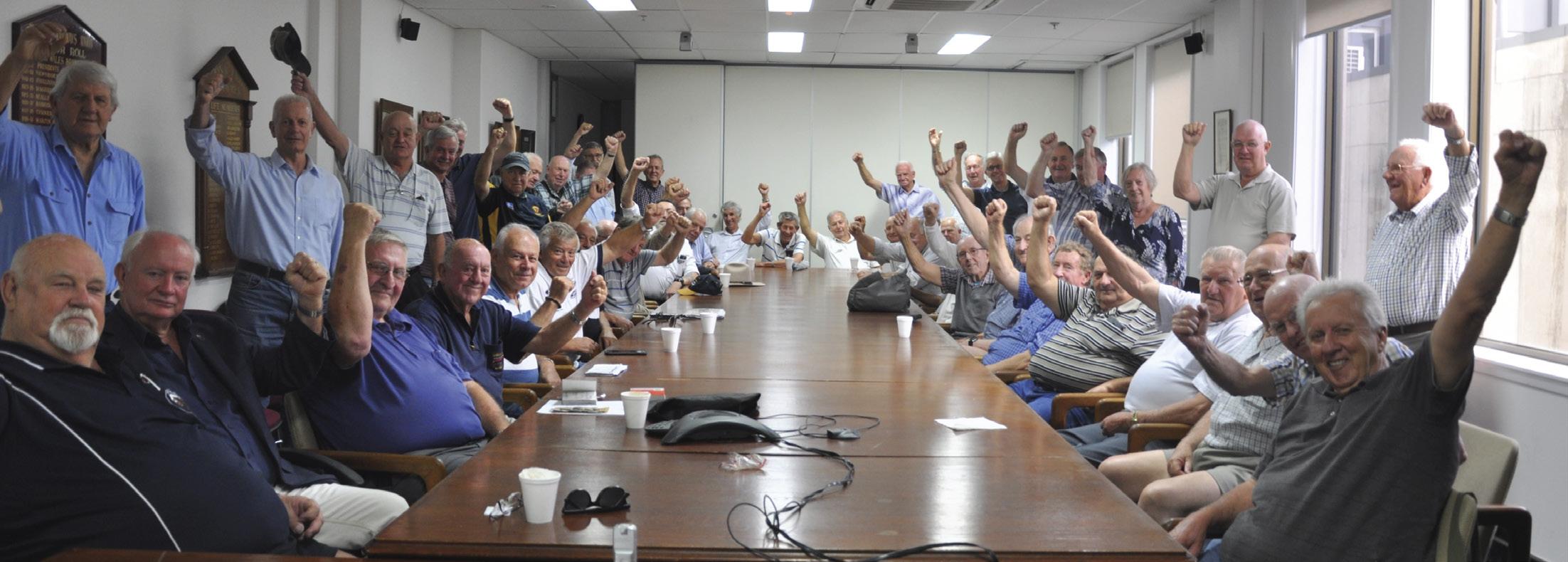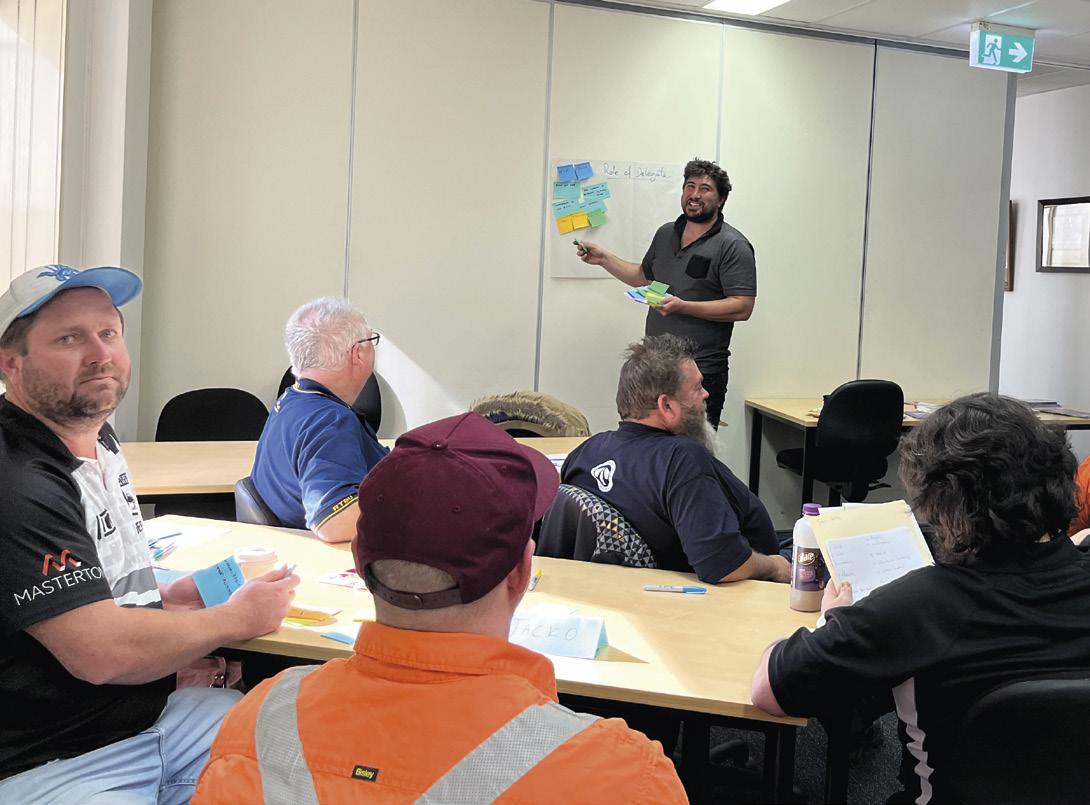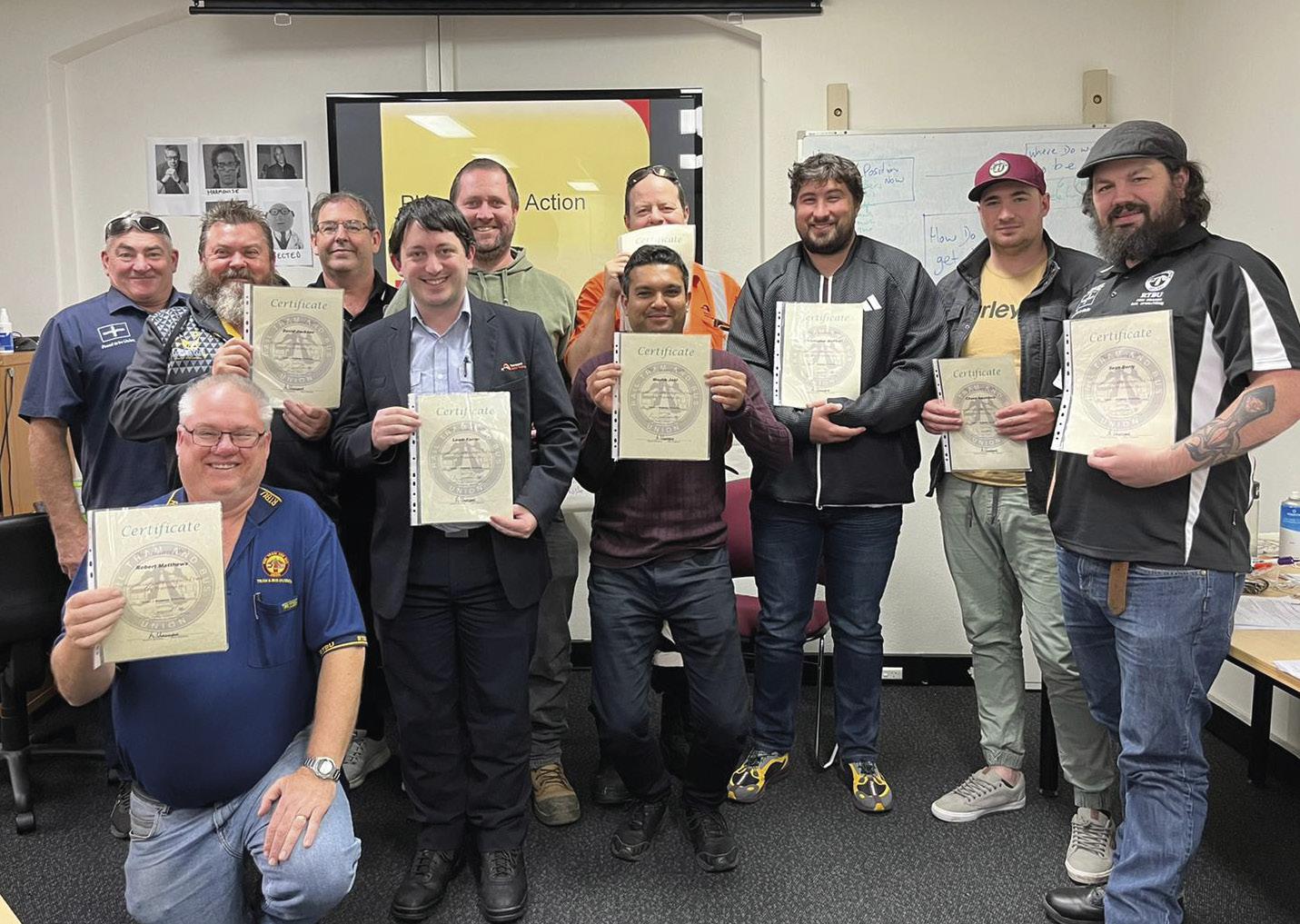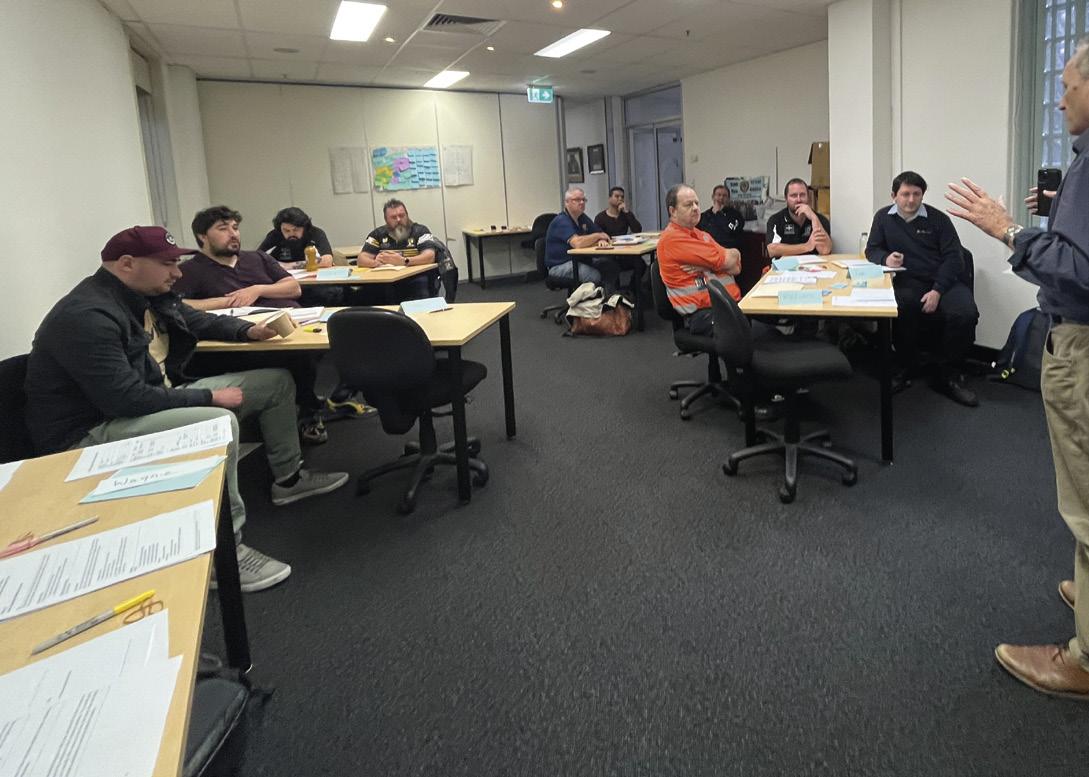
4 minute read
Our Members Stories Deserve to be Told
Unions in NSW have a long history of fighting for the conservation of heritage. In the 1970s the union movements Green Bans led to the first major heritage legislation in NSW and indeed Australia. Over 40 years later a review to modernise the NSW Heritage Act has been undertaken by the NSW Parliament.
The RTBU Retired Members Association and CFFMEU made detailed submissions to the Review and the Association appeared as a witness. The current Heritage Act is focussed buildings (the tangible heritage of built fabric) with intangible cultural history, the stories, actions and narratives of many communities including the union community not accounted for. The shortcomings of the current heritage architecture also include: • A failure to reflect our increasingly diverse and multicultural society • The funding of NSW Heritage, and the Heritage Council has been whittled way, • Not including provision for community consultation and representation. NSW is the only state in Australia which does not have stand-alone legislation for aboriginal cultural heritage. A number of heritage decisions taken by the NSW Government have seen strong and ongoing opposition from community and union groups. They include the debacle to relocate the Powerhouse Museum to a flood prone location in Parramatta at a cost to over $500m and still counting to the CFFMEU green bans on the demolition of the historic Willow Grove house.
Fundamental Review of Act undertaken
A public inquiry by the NSW Legislative Council has conducted a root and branch review of the Act and made twenty six recommendations for changes to both the legislative regime and the administration of heritage conservation in NSW. The Association has been conducting a long campaign to ensure repurposed state heritage sites such as the former Eveleigh Locomotive Workshops in Redfern include the stories of the many industrial and political struggles forged by generations of workers. The centrepiece of the Association’s campaign has been ensuring the Eveleigh workers stories are recognised and presented in an appealing format using the latest technology. There is a treasure trove of information about the history of Eveleigh’s workers. These include oral histories, photographs, descriptions of the role of Eveleigh’s social clubs as well as the many struggles at Eveleigh to improve wages and working conditions and occupational health and safety in an era where there was no OHS legislation. Heritage preservation has overwhelmingly focussed on buildings and in some instances machine collections. Eveleigh Workshops is a fine example of this with the grand Victorian era architecture and machines that enabled the fabrication, assembling and repair of the NSW railways locomotive fleet. The missing ingredient in heritage conservation is the workers, those who enabled this production have been largely forgotten and they have become industrial ghosts. The Association’s submission and witness evidence underlined the changes to how heritage should be defined to ensure greater recognition is given to living culture which includes the history of working people and their unions.
Outcomes of the Review
The Review noted that Intangible Cultural Heritage had emerged as a key area of concern with a demonstrable gap in the architecture of the Act. The Review said the current Act didn’t reflect structural changes to the economy and that there was scope to align the Act to a more contemporary understanding of heritage, including more explicit recognition that heritage consists of more than just built or tangible items. The Review Committee observed ‘’ the most vocal advocate of this position was the RTBU RMA which considered the current act to be fabric centric , a bias reflected
in its definitions, objects and other elements such as the statutory functions of the Heritage Council.” The Committee made a recommendation “that the NSW government amend the Heritage Act to explicitly reflect contemporary concerns, thinking and approaches to heritage conservation including intangible cultural heritage” The Review made a number of other important recommendations including: • The NSW Government as a matter of priority, progress the reform of aboriginal cultural heritage legislation. • The Act provide for increased opportunity for community participation and co-design in the identification, protection and management of heritage However, the review failed to address a number of important issues. NSW Government responded positively to many of the Reviews recommendations BUT... Because of legislative review procedures the NSW Government has responded promptly yet positively to many of the Review Committees recommendations including the recognition of intangible cultural history. Important steps have been taken to modernise the NSW Heritage Act to reflect contemporary concepts, thinking and approaches to heritage conservation. As always many of the recommendations will be dependent on the prioritisation of legislative change by the NSW Government and the availability of funding to implement various recommendations a number of which require further investigation. The battle for living culture to be included in Heritage Act is far from over. The RTBU RMA is urging Unions in NSW to take up the cudgels for a modern Heritage Act.
RTBU Delegates Training Re-Commenced
The first 2-day Level 1 Training course for 2022 was conducted on the 18th and 19th May with a range of different delegates across the RTBU participating in a range of sessions including • Role of the Delegate • What an organised workplace looks like • Supporting members in the workplace The training was conducted by RTBU trainer Wayne Moody.











